3 Goals of Co-Teaching for Multilingual Learners
August 15, 2023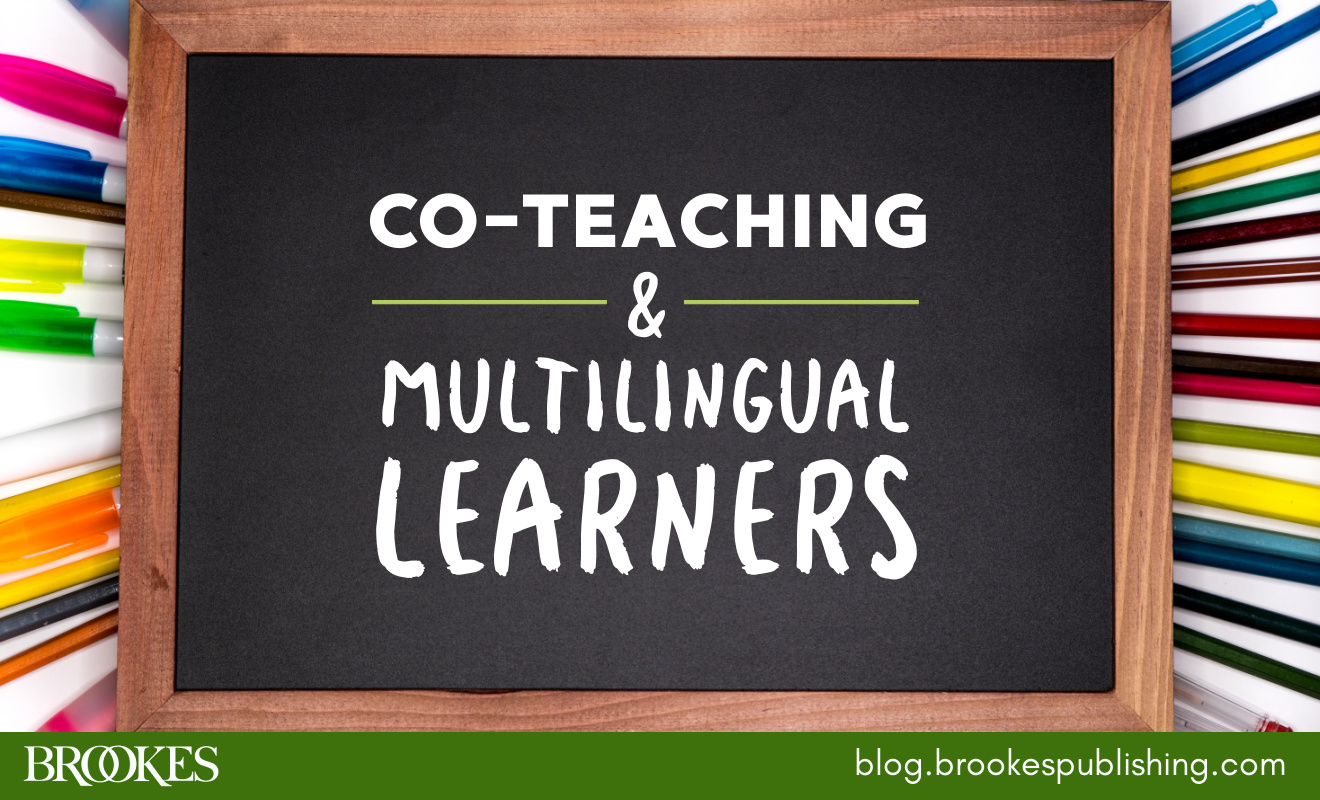
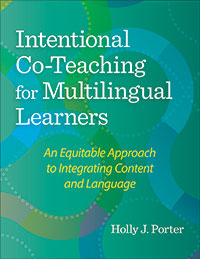 How can K–12 educators use co-teaching to strengthen success for the growing number of multilingual learners in schools? That’s the question Holly J. Porter tackles in her new guidebook, Intentional Co-Teaching for Multilingual Learners.
How can K–12 educators use co-teaching to strengthen success for the growing number of multilingual learners in schools? That’s the question Holly J. Porter tackles in her new guidebook, Intentional Co-Teaching for Multilingual Learners.
This book, an important read for co-teachers, teacher leaders, and administrators, introduces a proven co-teaching model that Porter’s team developed and tested in the diverse Cherry Creek School District in Colorado. Their goal was to create an effective school or district-wide approach to co-teaching that involved both general education teachers and multilingual learner (ML) specialists. Through their experience with developing and implementing the model, Porter and her team learned that co-teaching programming for multilingual learners must be intentionally designed around three goals:
- Students will experience meaningful access to grade-level content
- Multilingual learners will acquire English through content learning
- Teachers will build their capacity through co-teaching
Read on for Porter’s introduction to each of these critical goals, excerpted and adapted from her book.
Goal #1: Students Will Experience Meaningful Access to Grade-Level Content
One of the most eye-opening learnings we had while starting our co-teaching journey was that elementary students whose parents had refused ELA support in order to stay at their home school were outperforming students who were being bussed to a center-based ELA program. Why was this?
The students were from the same neighborhood and socio-economic status.
Many were from the same language background and immigrant experience.
The only real difference was a lack of consistent access to grade-level content in the center-based ELA programs.
The programs were set up to have between 45 and 120 minutes of pull-out English instruction for each student—mostly in groups of 5–10 students—based on their level of English proficiency, with students at the beginning levels of English language acquisition spending more time out of the grade-level classroom. The multilingual learners were pulled from instruction during either the language arts block or the most hands-on time of the day: science and social studies. In these pull-out settings, games were used to encourage students to practice English and instruction was typically based on themes. Once students returned to their grade-level classroom, they were given computer time to play language games or do packets of work in lieu of the work that other students were completing. Multilingual students were rarely given meaningful access to grade-level content.
In the schools in which parents had refused support through the center-based program, no one pulled the students from class to “teach them English.” The students experienced access to grade-level content all day every day. While the teachers had not yet learned how to be adept at scaffolding or teaching language through content, the students in these settings still outperformed the students in the pull-out setting.
This discovery led us to dig deeper into what it means to provide instruction in the English language. We began questioning whether it had to be done in a separate setting. Multilingual learners who remained in the content-based classroom with one content teacher and one ELA teacher far exceeded the growth and performance of students still being pulled out. We were also beginning to see positive gains from the school that was “pushing in” the services they used to provide outside the classroom. These students were meeting their AYP requirements for the multilingual learner subgroup and for other subgroups for the first time. Based on this, we knew we needed to continue looking into the idea of integrated instruction.

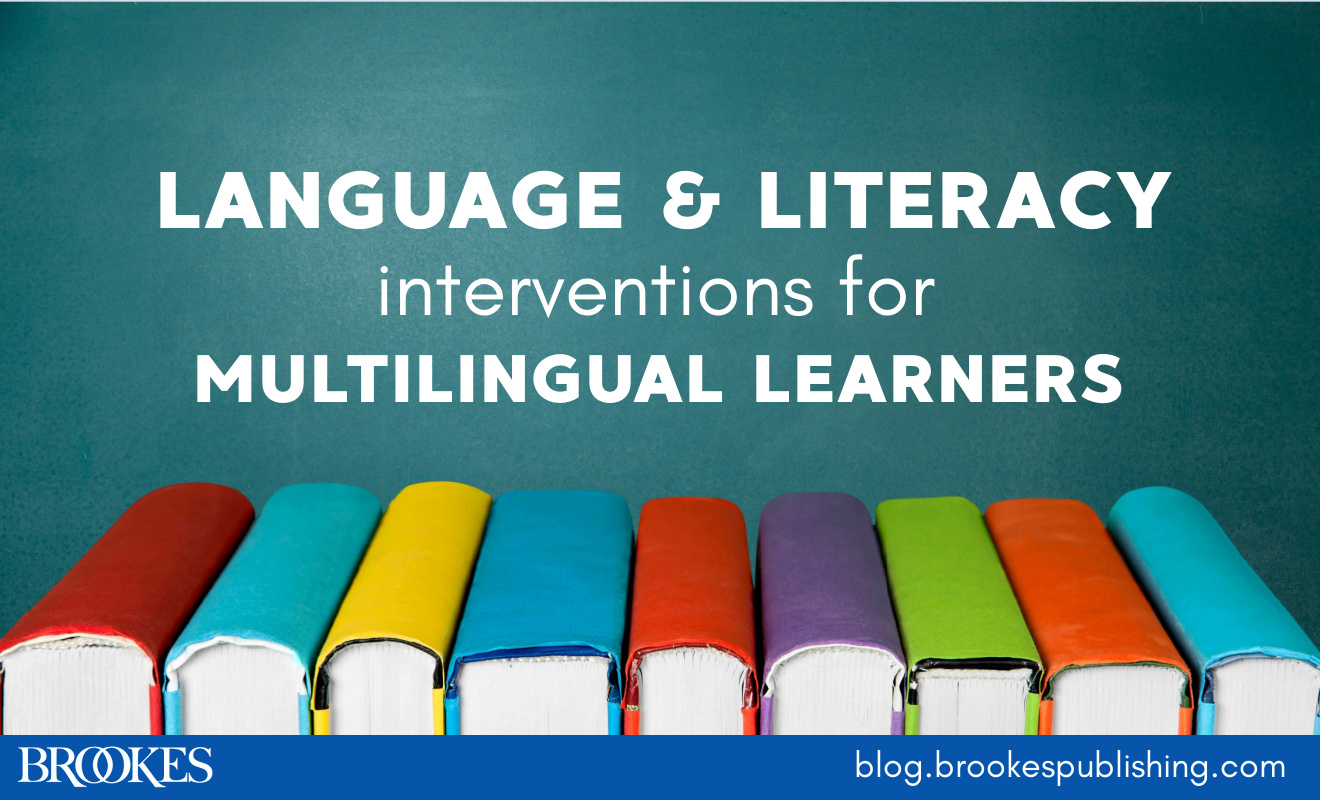
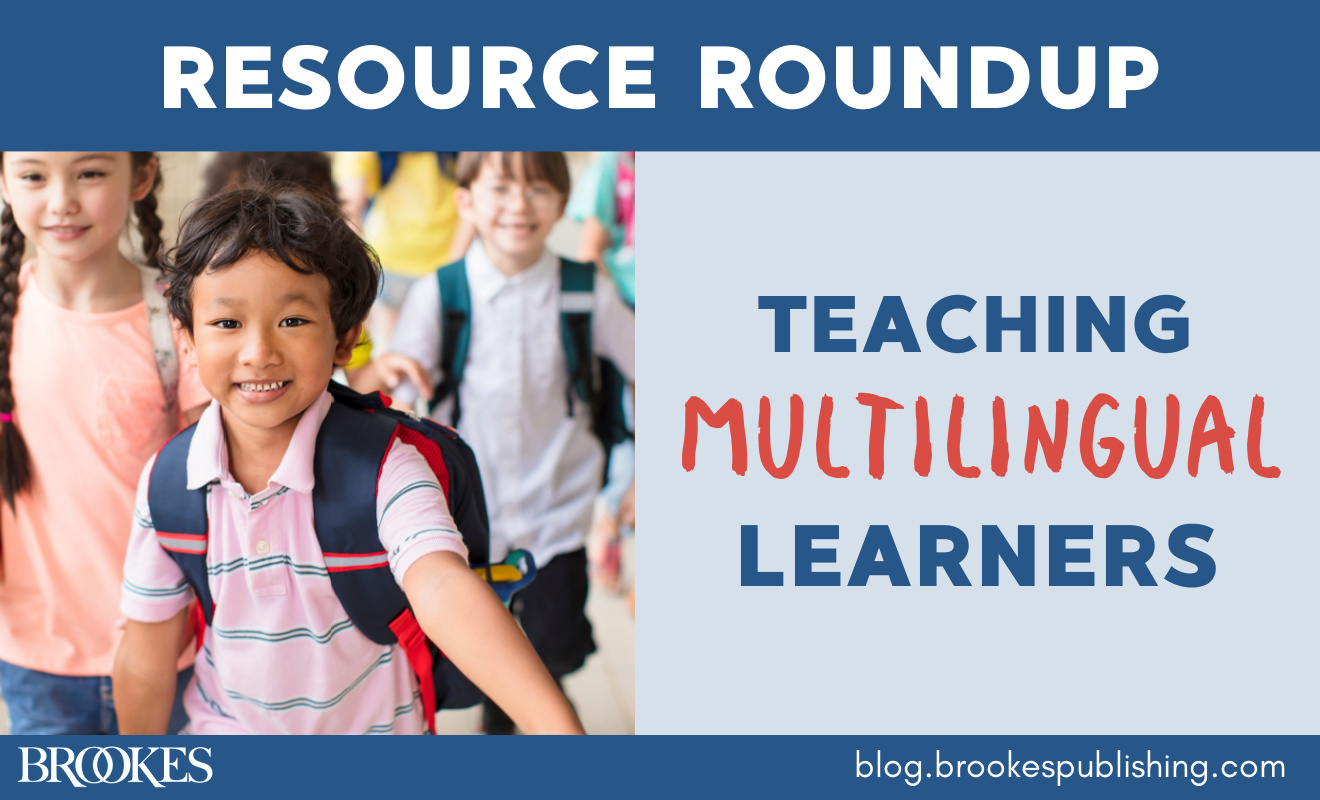
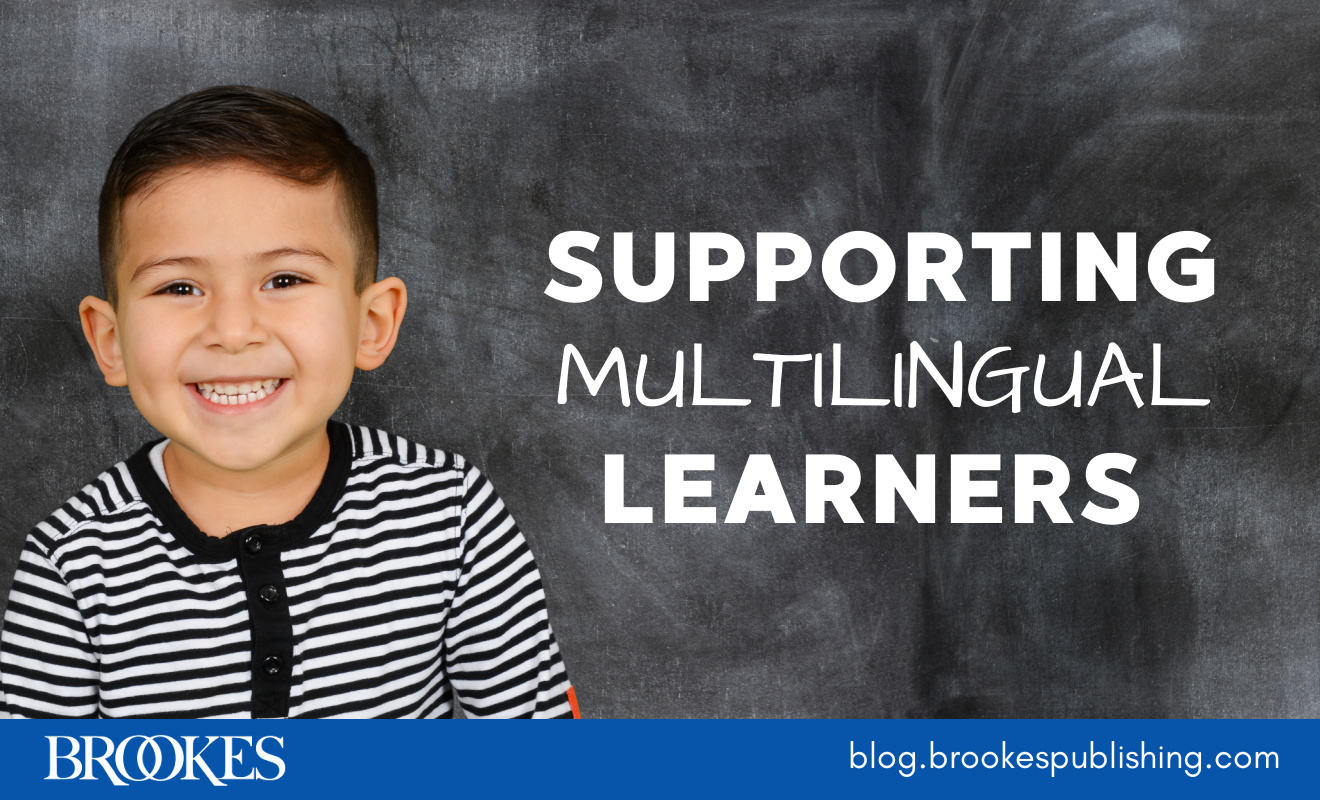
Write a Comment
Your email address will not be published. Required fields are marked *
Post a Comment